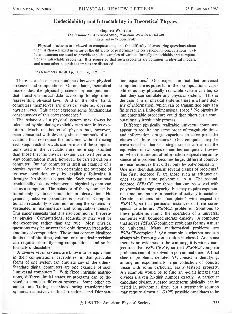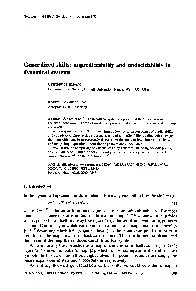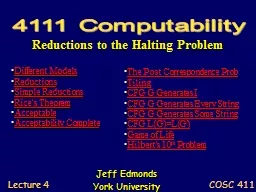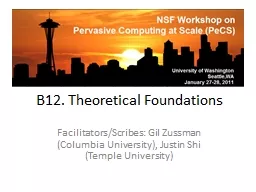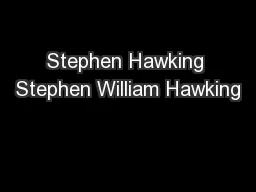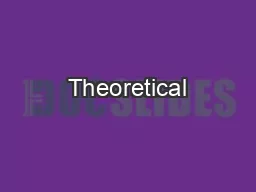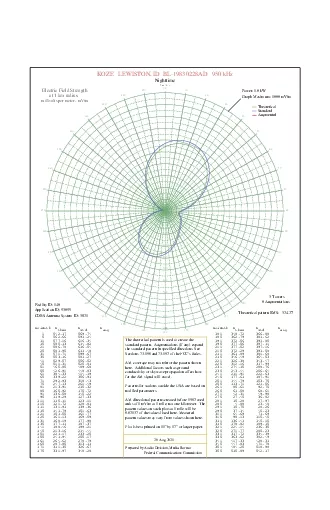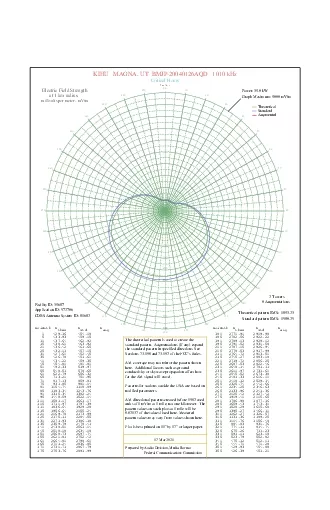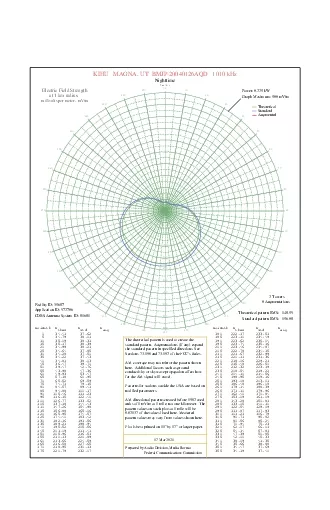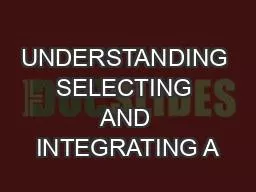PDF-Undecidability and Intractability in Theoretical
Author : tawny-fly | Published Date : 2015-08-17
Physics 1985 Physical processes are viewed as computations and the difficulty of answering questions about them is characterized in On one hand theoretical models
Presentation Embed Code
Download Presentation
Download Presentation The PPT/PDF document "Undecidability and Intractability in The..." is the property of its rightful owner. Permission is granted to download and print the materials on this website for personal, non-commercial use only, and to display it on your personal computer provided you do not modify the materials and that you retain all copyright notices contained in the materials. By downloading content from our website, you accept the terms of this agreement.
Undecidability and Intractability in Theoretical: Transcript
Download Rules Of Document
"Undecidability and Intractability in Theoretical"The content belongs to its owner. You may download and print it for personal use, without modification, and keep all copyright notices. By downloading, you agree to these terms.
Related Documents

